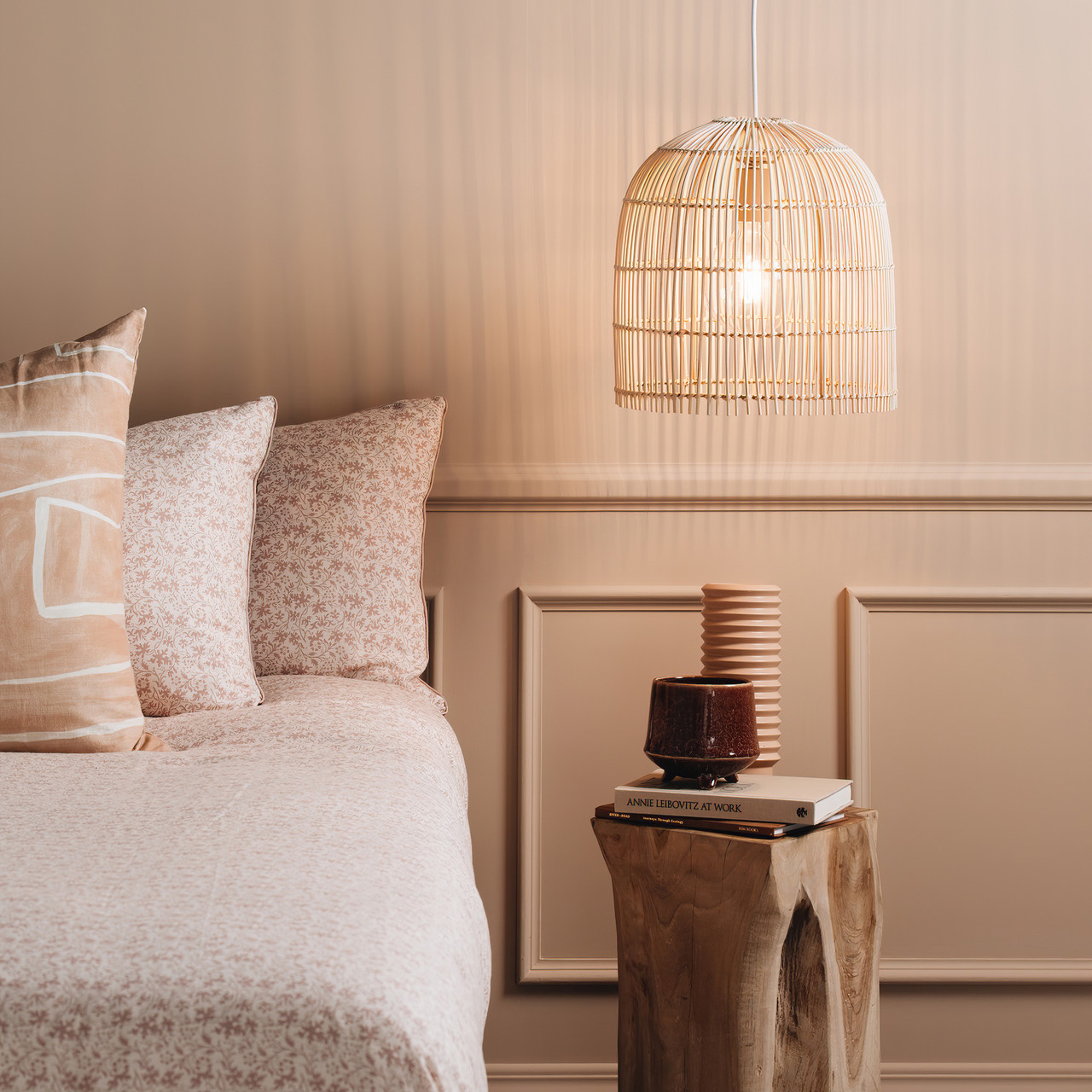In a world often dominated by sleek lines, flawless finishes, and polished perfection, a new design trend has been quietly emerging, celebrating the beauty of imperfection. Wabi-sabi, rooted in Japanese aesthetics and philosophy, offers a refreshing perspective on design that encourages us to find harmony and serenity in the imperfect, transient, and incomplete. With its rising popularity, wabi-sabi is transforming spaces and challenging conventional notions of beauty. In this blog post, we will explore the essence of wabi-sabi design and how it can infuse your surroundings with tranquility and authenticity.
The Essence of Wabi-Sabi: Wabi-sabi is derived from two separate words, "wabi" and "sabi." "Wabi" embodies simplicity, humility, and rusticity, while "sabi" suggests the beauty of natural aging and the passage of time. Combined, these concepts form the foundation of wabi-sabi design, embracing the imperfections and transience of life and nature. Wabi-sabi encourages us to see beauty in asymmetry, irregularities, and the patina that comes with age.
Natural Materials and Textures: One of the key elements of wabi-sabi design is the use of natural materials and textures. Incorporating elements such as wood, stone, clay, and natural fibers brings an organic and grounding feel to a space. Rather than seeking perfection, wabi-sabi design celebrates the unique qualities and inherent flaws found in these materials. Rough-hewn wooden furniture, handcrafted ceramics with subtle irregularities, and textured fabrics all contribute to the warmth and authenticity of a wabi-sabi-inspired space.
Embracing Simplicity: Wabi-sabi design champions simplicity and minimalism. It encourages us to eliminate unnecessary clutter and focus on what truly matters. Clean lines and uncluttered spaces allow room for contemplation and tranquility. Each item in a wabi-sabi space is thoughtfully chosen, with an emphasis on functionality and purpose. By reducing visual noise, the design promotes a sense of calm and encourages mindfulness in our daily lives.
Beauty in Imperfection: Unlike other design styles that strive for flawlessness, wabi-sabi celebrates the beauty in imperfection. Cracks in ceramics, weathered surfaces, and worn-out textiles are all embraced as signs of character and history. The concept of "wabi-sabi repair," known as kintsugi, takes broken objects and mends them with gold, silver, or lacquer, transforming their flaws into focal points of beauty. This practice serves as a reminder of the transient nature of life and our ability to find beauty in the imperfect.
Harmony with Nature: Wabi-sabi design seeks harmony with nature, embracing the idea of living in balance with the natural world. Natural light, indoor plants, and elements that evoke the outdoors, such as pebbles or driftwood, help create a connection with nature within interior spaces. The colors found in wabi-sabi design are often inspired by the natural world—soft earth tones, muted greens, and subtle grays, evoking a sense of serenity and grounding.
Finding Serenity in Tranquility: Ultimately, wabi-sabi design aims to create a serene and contemplative environment. It encourages us to slow down, appreciate the present moment, and find beauty in the simplest of things. By surrounding ourselves with imperfect, authentic, and natural elements, we can cultivate a sense of peace and contentment in our living spaces.
As the wabi-sabi design trend continues to gain momentum, it invites us to reassess our relationship with perfection and embrace the beauty of imperfection. By integrating wabi-sabi principles into our homes

